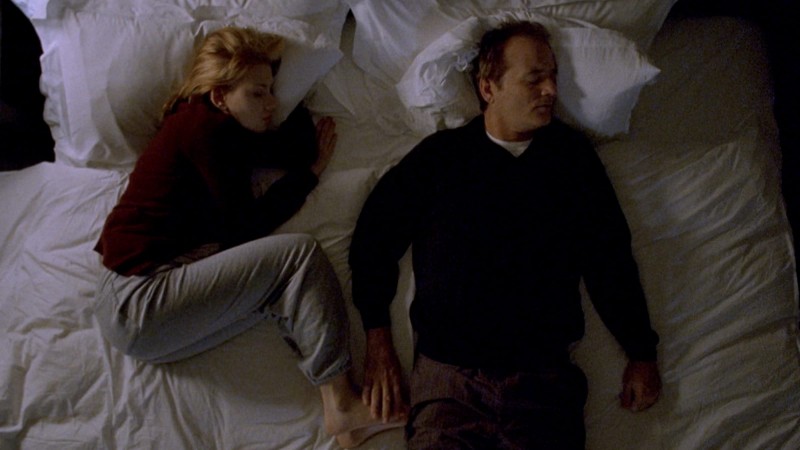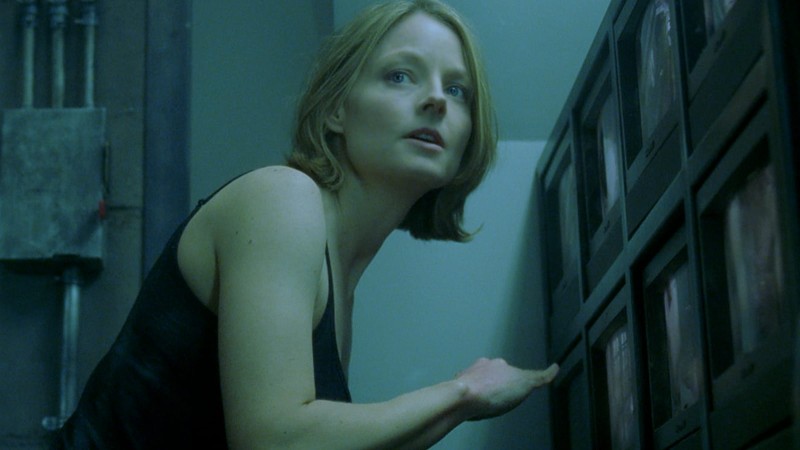The Crime Thrillers of Studio Maverick Yoshitaro Nomura

On its way toward a sprawling, impeccably orchestrated chase sequence that takes up most of its final third, the spare, black-and-white Stakeout displays a number of standout qualities: a cool and methodical approach to building suspense, location photography brilliantly attuned to atmospherics, and a careful avoidance of stock characterizations—here, even the pursued killer is presented as a complex human being, a misguided prisoner of his past rather than a villain beyond the pale of sympathy. As it turns out, these are virtues that distinguish all five features by Nomura currently available to stream on the Criterion Channel—Stakeout, Zero Focus (1961), The Shadow Within (1970), The Castle of Sand (1974), and The Demon (1978), all of them adaptations of works by Seicho Matsumoto, a popular and prizewinning author renowned for his densely researched and psychologically intricate detective stories. Taken together, these impeccably made and distinctively drawn films serve as a highly intriguing introduction to the underappreciated filmmaker’s nearly ninety-feature career.

At Shochiku, Nomura proved nothing if not versatile, making movies in a variety of commercial idioms—including musicals and period dramas—but it was the crime thriller that became his true métier. Not long after Stakeout established his reputation as a skilled storyteller and technician, he strayed even deeper into noir territory with Zero Focus, from another Matsumoto adaptation by Rashomon and Seven Samurai screenwriter Shinobu Hashimoto (a credited collaborator on all the Nomuras under consideration save for The Demon). The narratively complex, vaguely Hitchcockian film follows a woman as she travels from Tokyo to the unfamiliar industrial city of Kanazawa to investigate the disappearance of the salesman she just married—and winds up uncovering some deeply buried secrets from his past. The fast-moving and flashback-heavy Zero Focus gradually reveals itself to be a social thriller of sorts, using the situation of an arranged marriage gone awry to set up a mystery involving the legacy of rampant prostitution during the American occupation. Nearly a decade later, Nomura was examining the subject of domestic disquiet from a different angle altogether with the woozy color melodrama The Shadow Within, a romance that develops into a psychological suspense film spiked with hints of horror. In it, an unhappily married Tokyo travel agent initiates a torrid affair with a woman he knew as a child, though the threatening behavior of the widower’s six-year-old son begins to cast a dark cloud over his extramarital bliss.
Four years after Shadow, Nomura made the movie for which he remains best known in Japan. A substantial commercial and critical success, rated by many Japanese critics as among the greatest films the country has produced, The Castle of Sand is based on a popular Matsumoto novel (available in English as Inspector Imanishi Investigates) whose adaptation had been stalled in development at Shochiku for years. What starts out as a granular and wayfaring procedural—in the relative absence of clues, the investigation of a murder at one point hinges on the quirks of regional dialects—gives way, in its final third, to an extended sequence intercutting a wartime flashback with a high-wire orchestral performance. With its bold structure, intense performances, and scenic and varied locales, the sprawling Castle of Sand abounds with evidence of Nomura’s skill as a filmmaker—though as a whole, contrary to its reputation, it doesn’t quite hang together.

“Nomura . . . displayed, at his best, a subtlety and finesse rare among studio artisans,” reads the final verdict rendered by critic Alexander Jacoby in his entry on the filmmaker in his 2008 Critical Handbook of Japanese Film Directors, a brief bio that is nonetheless one of the few useful overviews of Nomura’s career available in English. The director was certainly something more than an ace at operating within any given genre, often avoiding clichés, combining narrative modes in unusual ways, and wisely taking a page from Matsumoto in his eye for telling details and attention to contemporaneous social realities. Nomura’s films are perhaps most remarkable, though, for their immersive sense of place, most strikingly felt when their protagonists find themselves amid what is to them foreign terrain, if still on Japanese soil. From the Kyushu geothermal fields traversed during the drawn-out chase in Stakeout, to the lush and overgrown Ishikawa Prefecture countryside that’s crossed on foot by father and son in The Castle of Sand , to the Noto Peninsula cliffs that frame the dizzying climaxes of both Zero Focus and The Demon, Nomura’s settings throw into relief not only the high dramatic stakes of his films but also the depth of their mysteries. All the while, his films double as regional travelogues, canvassing an archipelago linked by rail but nonetheless not quite interconnected, a place of overlapping but highly individual landscapes and microclimates. As these five films attest, the cinema of Nomura—or at least this one rich vein of it—is itself uniquely transporting.



